Tea Room, Willow Tea Room (1903)*
Artist/Designer: Charles Rennie Mackintosh
Project Location: Glasgow, United Kingdom
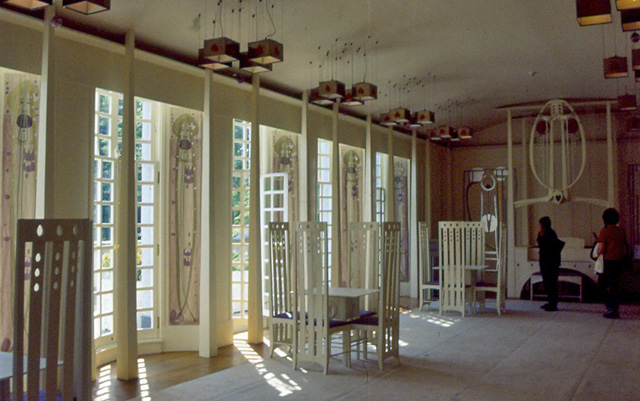
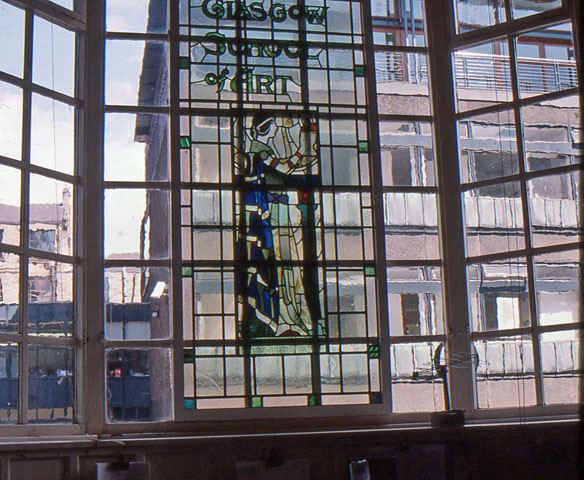
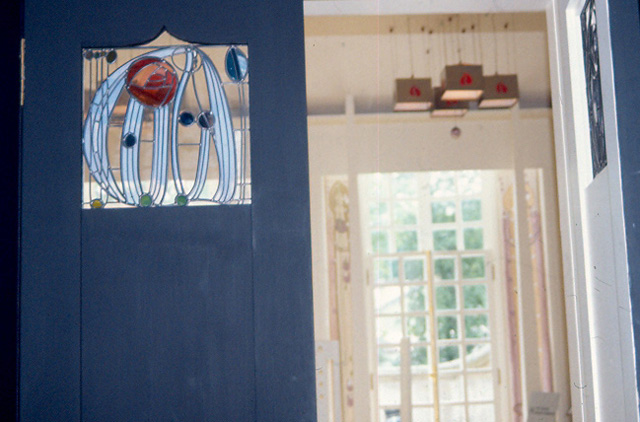
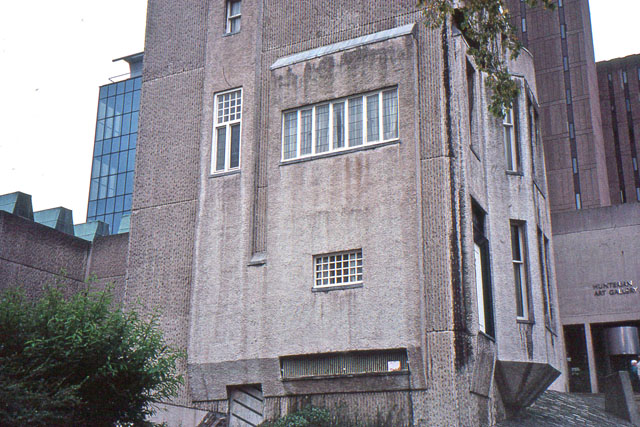

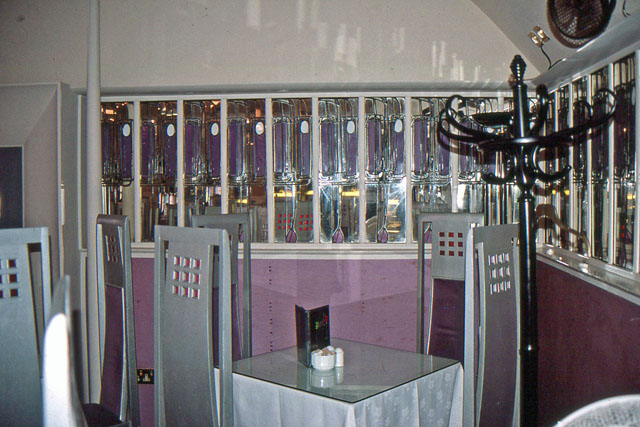
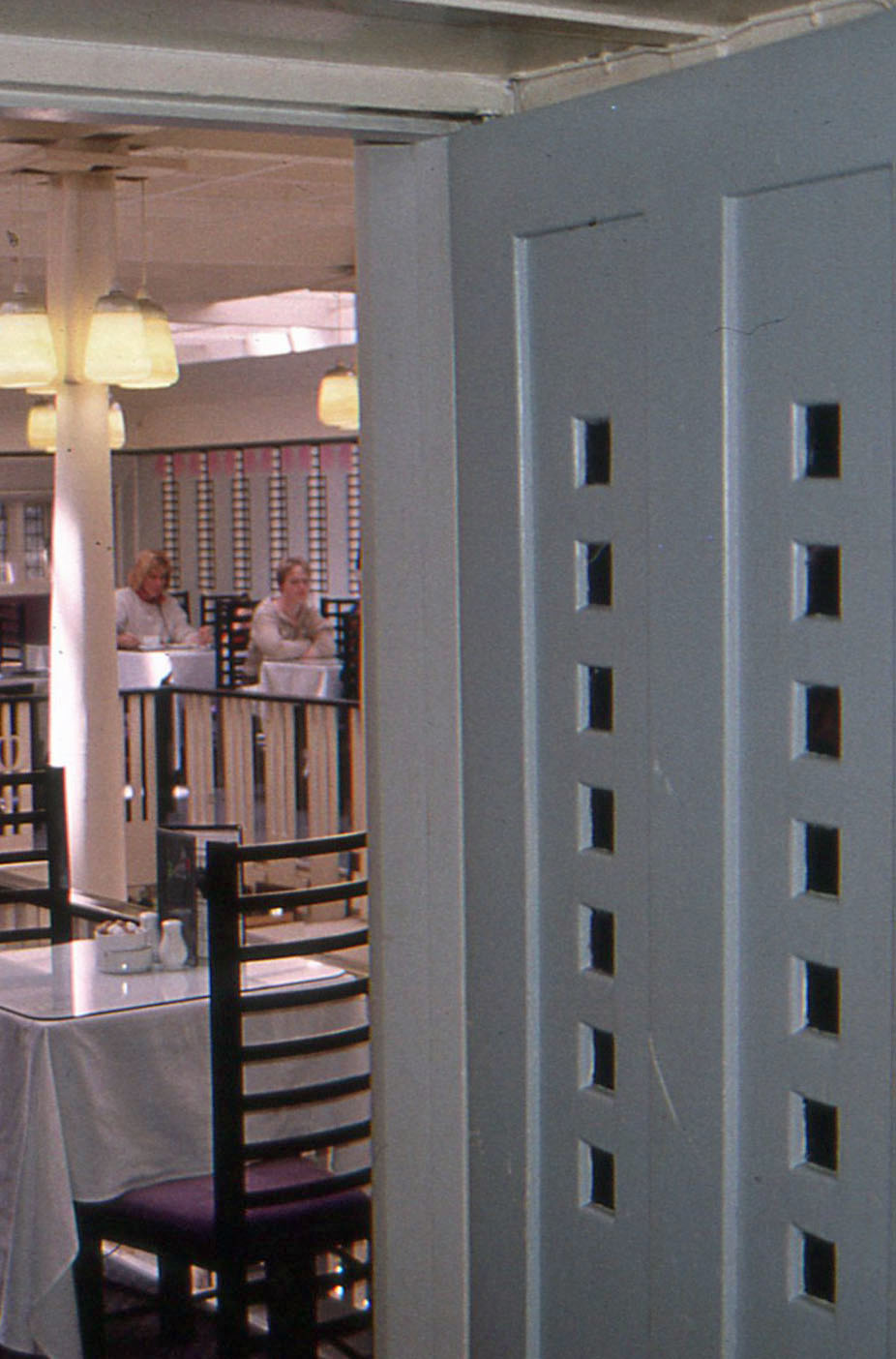
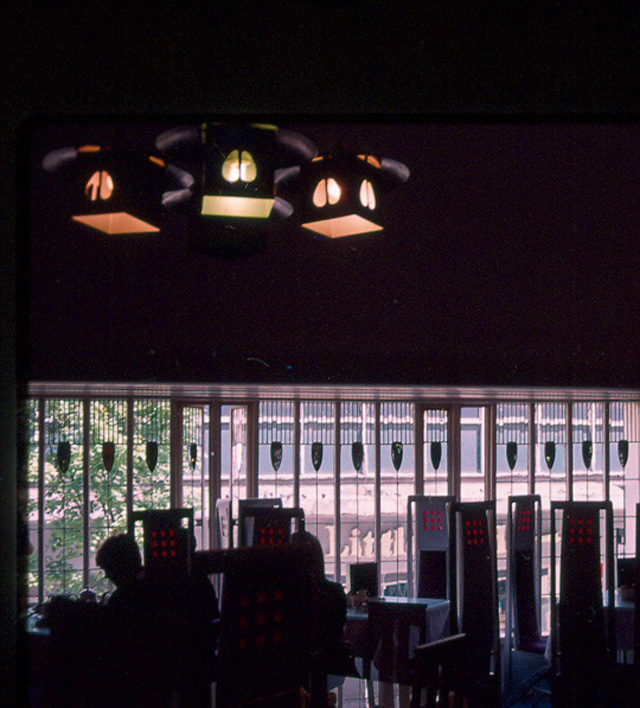

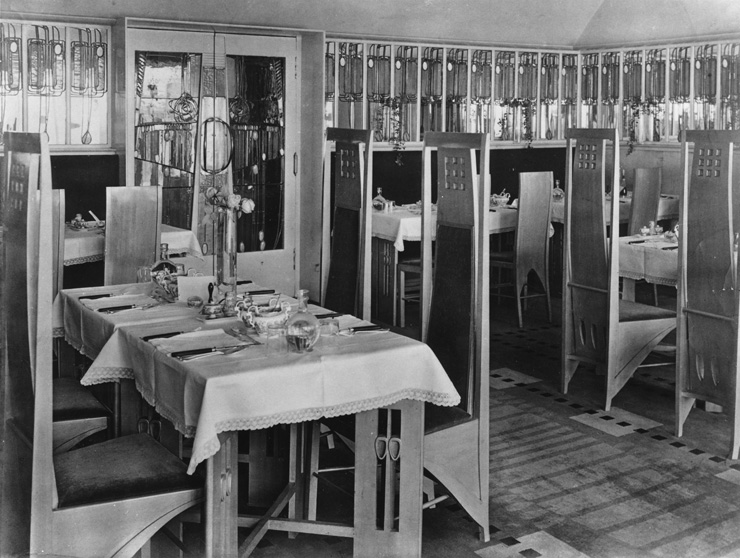
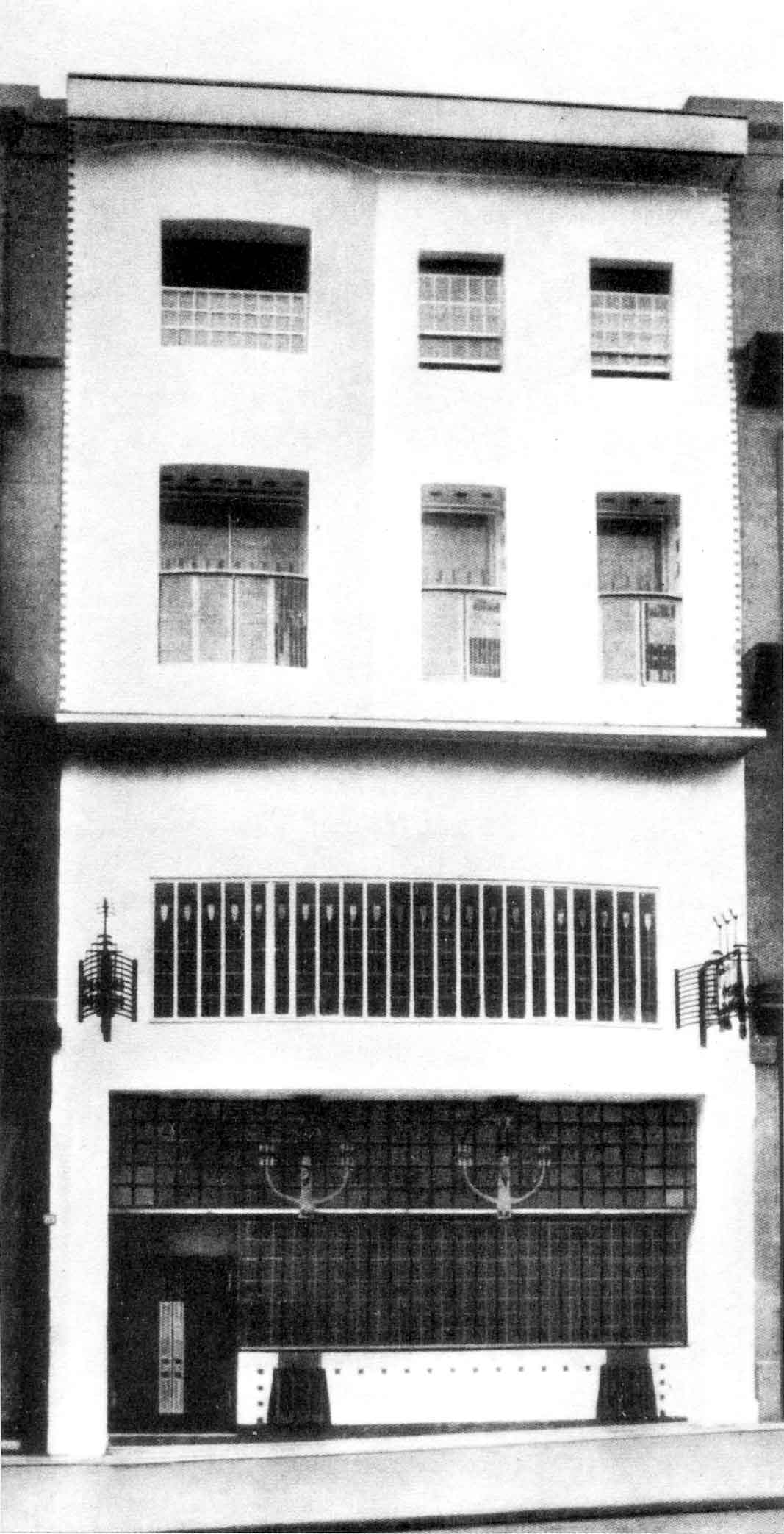
Style/Period(s):
Art Nouveau, Arts and Crafts
Primary Material(s):
Plaster, Wood
Function(s):
Hospitality, Restaurant, Coffee Shop
Related Website(s):
Significant Date(s):
20th Century, 1903, 1983
Additional Information:
Project Description:
Images show the unique quality of Mackintosh's work. He was born in Glasgow, Scotland in 1868 and died in France in 1928. He was an architect, lecturer, and an excellent artist and his images of the sea thrift flower (resembling a rosebud in some of his works) and painted a puce or lavender color, are the inspiration for much of his decorative detail and color schemes. His work straddles both the arts and crafts movement, of which there was a major group in Glasgow, and the art nouveau style. His need for simplicity and fine craftsmanship and a respect for the past are often (but not always) allied with curvilinear detailing. It was this unusual combination that thwarted his popularity in England.
One of his patrons, Ms. Cranston, commissioned him to create tea rooms, and the images of the Willow Tea Rooms I have given, face onto the main shipping street of Glasgow, and show his unique use of color and a daring expanse of windows. You will also notice his iconic chairs which are tall and punched out with luminous squares that are infilled with colored glass. He claimed that the tall chairs were inspired by the chairs of the 17th century which were tall, to accommodate the gentlemen's high wigs and which can be seen in many Scottish castles. In fact, with the height of the chairs, he often successfully accentuated the proportions of a room. I have sat in the Willow Room tea chairs and they are amazingly comfortable! The Glasgow School of Art was a major project that lasted over a few years. It has a wonderful library with exposed beams that reflect the arts and crafts context. However, I have included something a little less famous in the building...a general office on the main floor with its decorative, art nouveau figures. Mackintosh tardily submitted the plans for the house for a competition in Germany and it was not until the 1980's that the house was actually built in Glasgow. It is open to the public and the most dramatic room is the music room, with its dominant art nouveau motif. Mackintosh's work in Glasgow was , for some years overlooked, but he is now regarded as a major twentieth figure in design and architecture.
Publications/Texts in Print:
Blake, Fanny. Essential Charles Rennie Mackintosh. Bath: Parragon, 2001.
Cooper, Jackie. Mackintosh Architecture: the Complete Buildings and Selected Projects. London: Academy Eds.; New York: St. Martin's Press, 1984.
Wilhide, Elizabeth. The Mackintosh Style: Decor & Design. London: Pavilion Books, 1995.
Building Address:
217 Sauchiehall Street, Glasgow, Scotland
Significant Dates:
1903- Opened.
1896-1917- Mackintosh designed and re-styled interiors in all four of Catherine Cranston's Glasgow tearooms, often in collaboration with his wife Margaret MacDonald.
1928- Tearooms were incorporated into Daly's department store.
1938- Tearooms had passed into the hands of Cranston's Tearooms Ltd.
Early 1980s- Extensive restoration work was carried out under the architect Geoffrey Wimpenny and Keppie Henderson, successors of the Honeyman, Keppie and Mackintosh partnership.
1983- The Willow Tearooms reopened.
Designer; Charles Rennie Mackintosh
1980 Restoration Staff/ Designers:
Geoffrey Wimpenny and Keppie Henderson- restoration architects.
Tags:
Charles Rennie Mackintosh, Glasgow, Scotland, art nouveau, arts and crafts, 20th century, modern era, Glasgow School of Art, furniture design
Viewers should treat all images as copyrighted and refer to each image's links for copyright information.